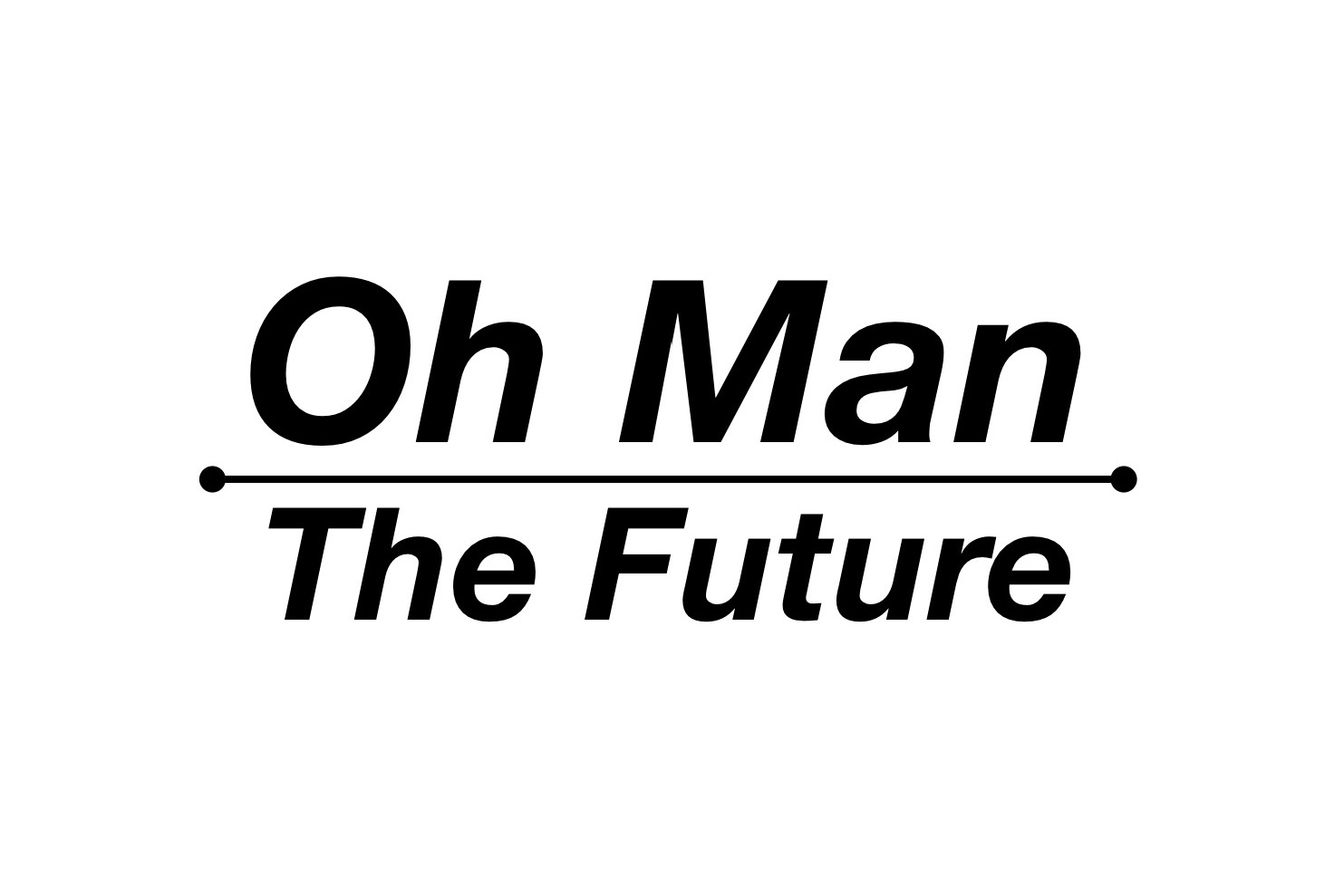It’s a sunny and brisk opening day at the 2019 D&AD festival in East London. As the New Blood jury president for the McKinsey Case For Her brief, the standard and holistic mindset of the young creative teams is uplifting. Though I can’t help to think about the amount of collaboration that would be essential to execute for real.
The importance of collaboration in business is a common refrain. Especially in our times of heightened complexity and interconnectedness. A necessity when it comes to innovation. Where evidence tell us the best creativity comes not from solo work, or even a team but people networked across organisations and ecosystems.
But what if we think of the frequent calls for collaboration as a symptom rather than ambition? I’ve long noticed those most apt to preach collaboration are the least able to listen to others and give up control, to actually collaborate. I sometimes imagine everyone on a collaboration driven initiative thinking “collaboration, great, finally they will listen to me.”
A helpful definition of collaboration is “traitorous cooperation with the enemy.” Often blindly fuelled with a bias to action or low hanging fruit. The absence of addressing resistance or ambivalence results in passive commitment at best. Disintegration of the team at first opportunity.
A more helpful mindset is one of careful cooperation. Digital innovation, if significant, requires everyone to learn from everyone in a team and across teams to collectively synthesize something truly new. The first action, either through reflection or exploration, is to address the inevitable learning anxieties: the fears of difficulty, looking stupid or parting with old ways. Often failures can be linked to not addressing this selfish truth of collaboration and the collaborators.
“How often is one traitorously collaborating when the deeper wish is for cooperation?”
Trial & Error
Connecting Dots is about making the complex simple and multi-disciplinary learning to help leaders innovate for the digital era. It’s an experiment, thanks for being part of the journey, feedback welcome.
Hungry for more?
A rigorous look at Collaboration and Creativity: The Small World Problem
Excellent and readable dive into systems failure: Meltdown
A less traitorous take on Collaboration vs Cooperation
Movements
I’ll be in London much of June then back to France in July; Beaune for the stomach, Fontainebleau/INSEAD for the mind and the Alps for the lungs. Say hi for ☕️
To a better today and tomorrow,
Brett
PS. I’d be grateful if you might forward this newsletter to one, two or three friends and colleagues so we can grow the community. Click here to subscribe at Connecting Dots.
🙏🏻



